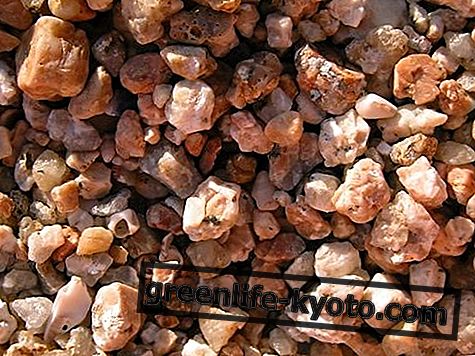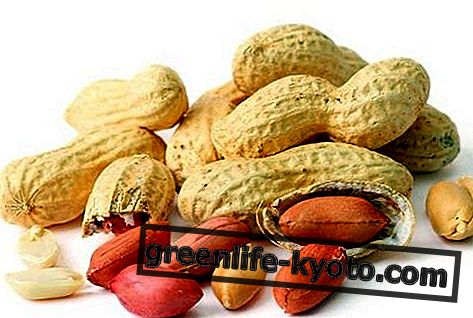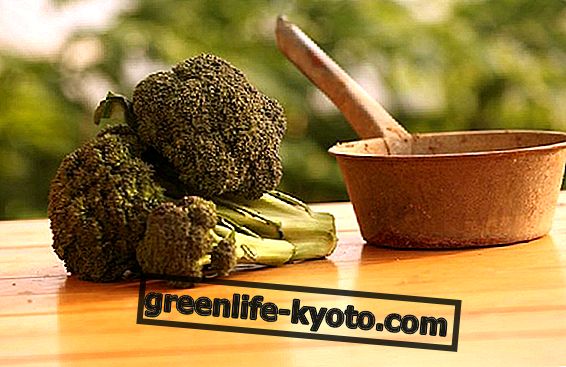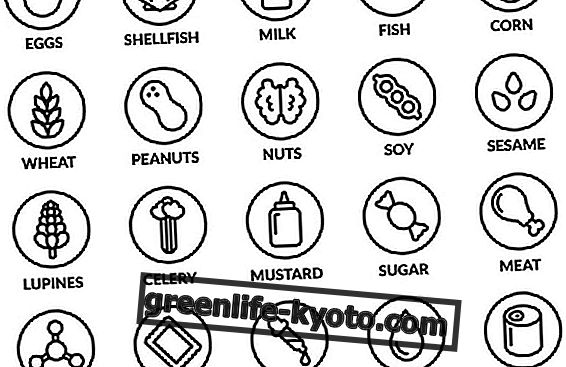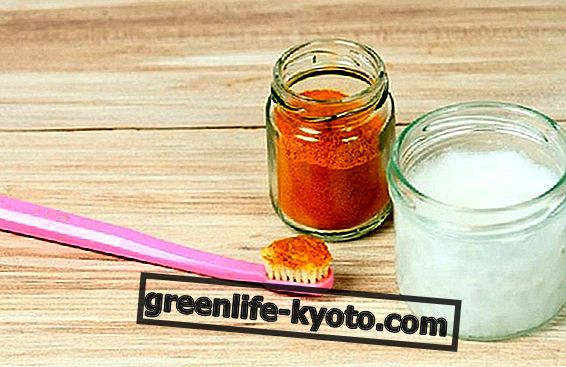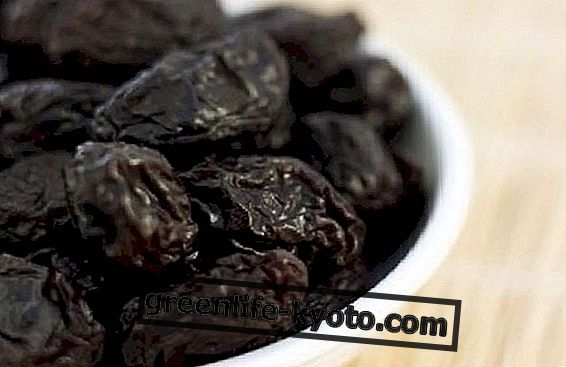
Moringa oleifera is a plant native to the Indian subcontinent, which throughout history has been used as food and a great deal of medicine in traditional treatments.
The nutritional and therapeutic virtues attributed to the bark, the leaves, the flowers, the fruits and the seeds, find a great response as a strategy for self-medication and the preservation of personal health, in popular culture we speak of over 300 cured diseases using the fresh plant, the decoctions and its dried parts. The health benefits are gradually demonstrated by numerous scientific articles that, through their results, confirm the potential already exploited by the populations over the centuries.
In-depth analyzes have shown that the leaves are rich in potassium, calcium, phosphorus, iron, vitamins A and D, essential amino acids, as well as powerful antioxidants known as vitamin C, flavonoids, β-carotene.
Chronic hyperglycemia
Hyperglycemia is a metabolic disorder considered a global epidemic, in developing countries it contributes with other pathologies to be the main cause of mortality, considering the sudden change in lifestyle that leads to an excess of calories ingested, to poor quality of products and the almost total absence of fresh food replaced with ready meals loaded with fat.
Precisely in these countries the consumption of Moringa oleifera could be exploited as a strategy against diabetes mellitus and it would be ideal to start, right from kindergarten, with courses that teach children the importance of food and the role of food. Diabetes mellitus leads the urine to have a slightly sweet taste, precisely because of the high concentration of glucose and its diffusion is estimated at around 5% of the world population with one in five incidence in 65+ subjects.
Diabetes may have a genetic origin, but the alarming fact regards the high number of children affected by this disease. Babies born perfectly healthy, without any kind of genetic predisposition, and made diabetic by bad Aliemntari habits.
Moringa oleifera and treatment of hyperglycemia
Some studies conducted, initially on rats and then on humans, show that Moringa oleifera helps maintain stable and normal blood glucose values, increasing tolerance to this chemical compound and exerting an anti-diabetic effect in the treatment of diabetes mellitus. Research shows that treating patients with Moringa oleifera there is a reduction in blood glucose, sugar and protein in the urine.
In patients treated with Moringa oleifera leaves, a 0.4 percent decrease in HbA1c was observed (from 7.8 ± 0.5 to 7.4 ± 0.6). Regarding the glycaemia value, after about 90 days, a 29% decrease is reached (210 ± 49 vs 179 ± 36 mg / dl). These results indicate the Moringa oleifera as an effective aid that helps the body, over time, to improve its glucose tolerance.
The medicine known today, recommends a balanced diet and medication intake. The most widely used drug is insulin which helps fight the physical damage of diabetes and restore the right levels of glucose in the blood.
Obviously the role of Moringa oleifera is double: on the one hand, it can be an ally to prevent this type of disease; on the other hand, it can help traditional treatments by providing the body with a completely natural intervention that aims to restore the right levels, giving well-being and relief.


